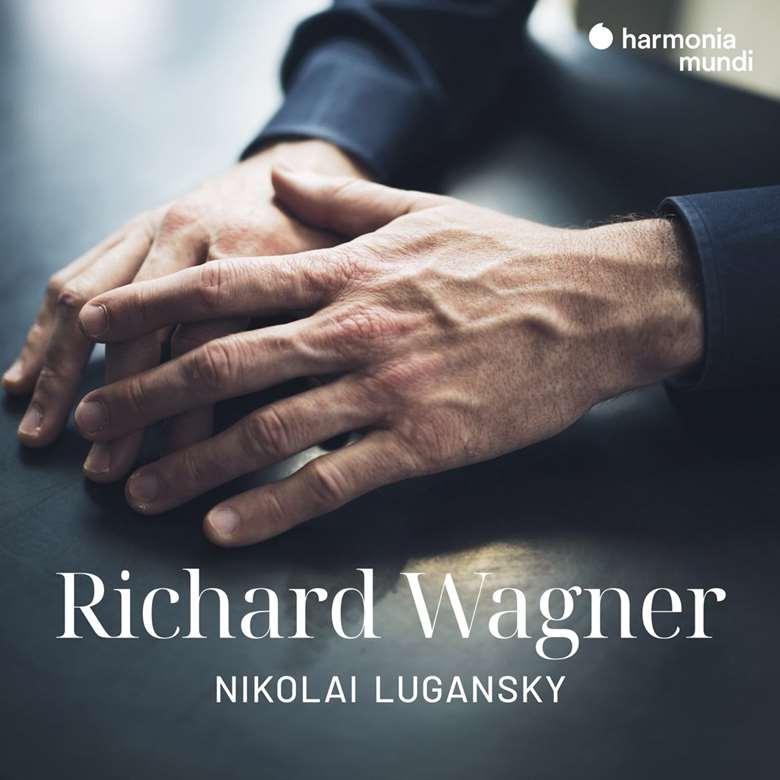Wagner: Famous Opera Scenes (Nikolai Lugansky)
Ateş Orga
Friday, March 8, 2024
Lugansky takes us on an eternal journey, metamorphosing his Steinway into a larger-than-life orchestra intricate in texture, colour and associative imagery

Nikolai Lugansky’s fascination with Wagner goes back to first hearing George Szell’s Columbia recordings with the Cleveland Orchestra, some time around 1990. This new album, laid down last September, draws on extracts from The Ring (Rheingold, Walküre, Götterdämmerung), Parsifal and Tristan und Isolde in transcendental transcriptions largely by himself but including also touched-up Louis Brassin, Mottl and Kocsis, as well as Liszt. Opposing currents dramatise the programming, reminding us, Lugansky says, that with Wagner ‘things are often very binary: you have black energy [and] white energy. That’s how myths work: there are heroes and dark characters; good and bad. The key notion of The Ring is the antagonism between the power associated with wealth on the one hand, and love on the other.’
Pianistically, recreatively and interpretatively, Lugansky takes us on an eternal journey, metamorphosing his Steinway into a larger-than-life orchestra intricate in texture, colour and associative imagery – wordless maybe, yet with every strand and sonority, melody and motif engrossingly suggestive and consuming, framed in an exalted dynamic spectrum, poetry and narrative foremost (wondrously so in the Transformation Music and Finale from Parsifal). Tenderness and passion, ardour and intimacy course fancifully through forests and glades lit by northern stars. Siegfried’s Rhine Journey surges gloriously. His Funeral March portends, snarls, defies, ascends, the intensity and throttle of Tennstedt somewhere in the mix.
Isolde’s Liebestod (Liszt’s 1867 arrangement), correspondingly Brünnhilde’s and Siegfried’s later Liebesduett, is ecstatically lined, its climax epic and full-voiced, veins of rubato achingly suspending the descending phrases. ‘Love is presented as what matters most, an emotion [rising] above all morality, “beyond good and evil”.’ Arranged a decade later, Brassin’s Entry of the Gods into Valhalla (supplemented by Lugansky) and Magic Fire Music monumentalise and glitter, the ‘Wotan’ crescendo and inexorable thunder of the former forged and hammered, presaging Brünnhilde’s Immolation.
Fabled acoustics (Padua’s medieval Scuola della Carità) and state-of-the-art production ennoble the music-making. You’ll rarely hear a piano haloed in such golden harmonics, the low registers growling and roaring, digging deep, the higher ones rounded and ringing, the mid-range a Heldentenor panorama to behold.
This review originally appeared in the Spring 2024 issue of International Piano. Never miss an issue – subscribe today







